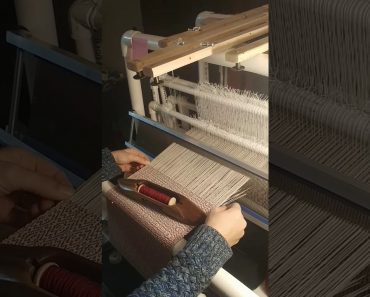The survival still I am reviewing today is a lightweight, portable water purification still that can purify almost any water source from any heat source. That makes it flexible. Which is a vital, but often overlooked feature of survival products. As soon as I saw this still I knew I had to have one, […]
Category: Equipment and Book Reviews
Things we use or read to make DGW homestead work better.
Building a 4-Shaft PVC Weaving Loom
I was looking for a cheap way to try out weaving but the majority of looms are outrageous in price. This caused me to start looking for DIY plans which led me to find this really cool book on building DIY PVC Weaving Loom. I contacted to author and he was kind enough to write […]
Contour Camera Review
I recently purchased a contour +2 action camera to use in my video production. I bought it because it was small, durable, had an external mic jack, streamed wireless to my phone, was water proof, and had a built in GPS. So it only figures that I would do a post on a Contour Camera […]
Hard Shoot Target Review
The kind folks at Clarksville Guns and Archery have kindly donated this Hard Shoot Target for demonstration purposes. This is a unique target as it is a photo, with dye packs instead of scoring lines. You can hit this target over and over, but you are not successful until you hit the dye. I think […]
Course Review: Selco “One Year in Hell”
I don’t prep for any particular hazard, but try to build skills and equipment to deal with many/most/all problems. One way of doing this is to look at what has worked in the past. I look at what has happened, why it happened, how it could have been prevented, and how people survived and incorporate […]





